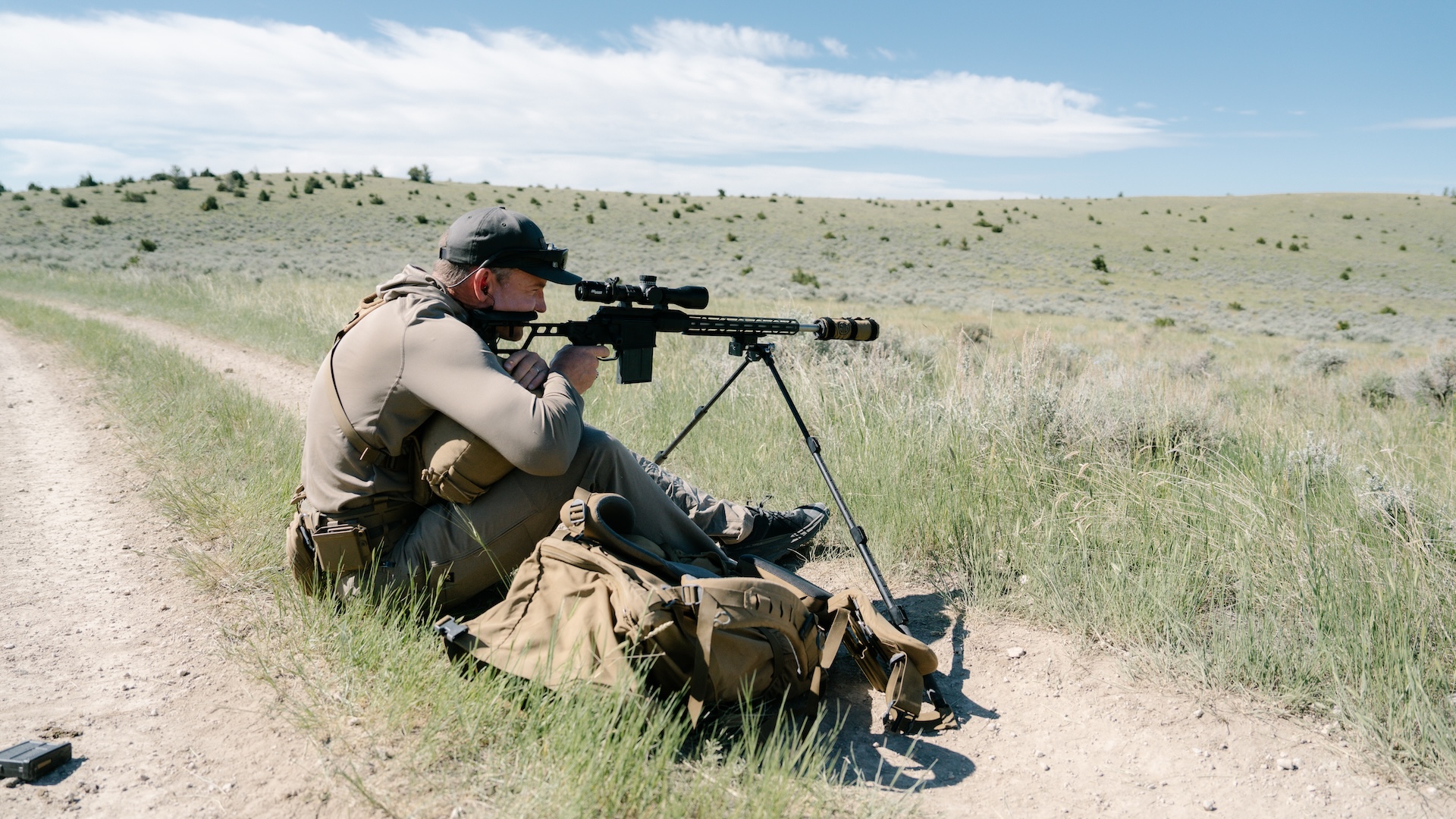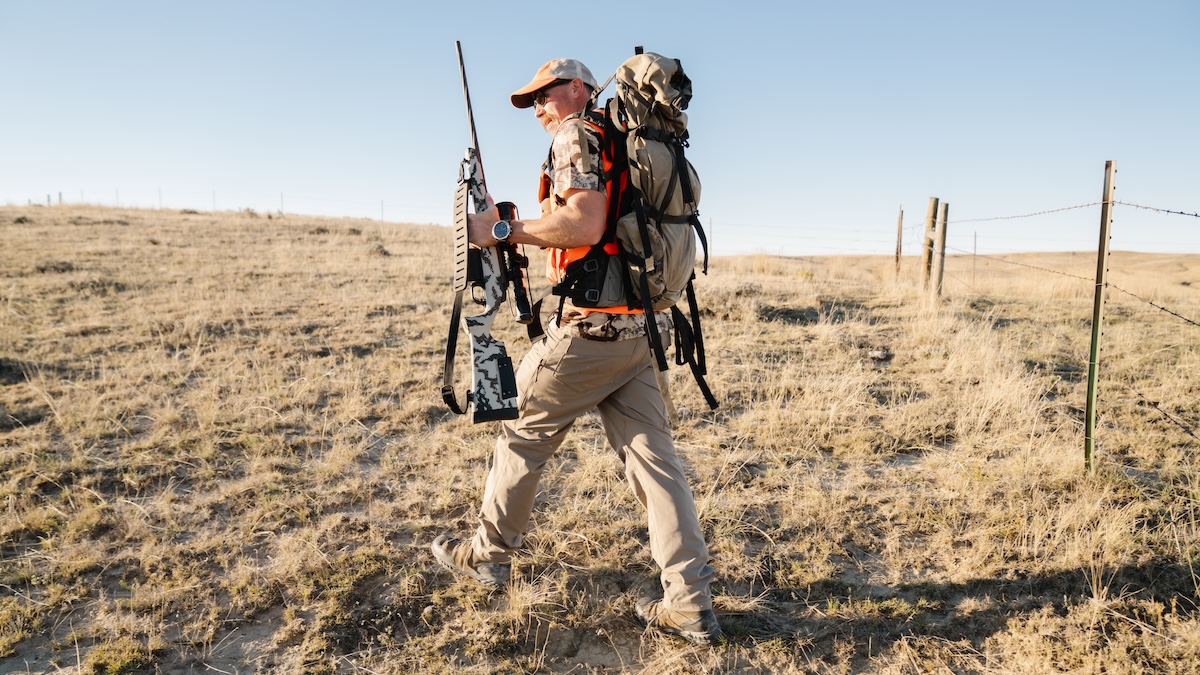Bad ideas aren’t so bad until they start to get contagious. That appears to be what’s happening with one of the worst public land viruses infecting our nation today.
Four western states have thrown their support behind a Utah lawsuit that could transfer millions of acres of public land into private hands. In an amicus brief filed last week, Wyoming, Idaho, Alaska, and the Arizona State Legislature endorsed Utah’s request to have their case heard by the Supreme Court. They argue that it is unconstitutional for the federal government to hold land that it has not “appropriated” for a specific purpose. They say national monuments or national forests are fine, but they argue that the Bureau of Land Management (BLM) should be forced to dispose of its unappropriated land.
Huge swaths of BLM land in these states would fall under Utah’s definition of “unappropriated.” In Idaho, for example, 17% of the entire state, or more than 9 million acres, would qualify. In Utah, that number is 18.5 million acres. Proponents of this idea would have you believe that these acres would simply become state parks and recreation areas.
“If the federal government were required to dispose of these lands, the States could own and manage them and conduct the same sorts of activities that the federal government currently does,” the authors of the amicus brief write.
Nothing would change, they imply. These properties would still allow hunting, grazing, and extraction–they would just be better managed under local, state control.
The problem is that this isn’t what would happen at all; at least, not in the majority of these acres. The key word is “dispose.” The BLM’s process for divesting itself of its property is often done via auction, not a simple transfer of ownership to the state. Selling off BLM land in an auction would allow private interests to swoop in and turn what was protected wildlife habitat or hunting grounds into whatever those developers could imagine.
The amicus brief authors point out that the Constitution only allows a state to regulate and dispose of public lands, “not indefinitely retain lands within a State.” But they fail to acknowledge the reason the Framers did not feel the need to include a specific retention clause: the federal government (and therefore the American people) already owns the property. They need the power to dispose of the land, but they do not need the power to retain it because they already do.
What is true is that whether the lands ended up in private or state hands, the states would be the ones that benefit. The amicus brief filers admit as much when they say a successful lawsuit would, “increase their sovereign authority to use and develop land within their boundaries.” It’s not just about doing a better job managing wildlife habitat. It’s about getting their hands on public federal land they’ve always wanted to develop but so far haven’t had a chance to.
New Lawsuit, Old Arguments
While state leaders in Utah, Wyoming, Idaho, Alaska, and Arizona believe the current makeup of the Supreme Court gives them a unique opportunity for success, their arguments are nothing new. Every decade or so, there is a renewed push to privatize federal public land, and the current advocates are making the same arguments they always have.
One of the most common is that private owners would do a better job managing the acres currently under federal control. They point to the wonderful ways many private landowners manage their properties to try to convince their constituents that the same could be true of the 640 million acres currently in federal hands.
But this isn’t a fair comparison. Federal public land must, by law, be managed for many people pursuing many different goals. Private land, on the other hand, can be directed towards a limited number of goals and can be controlled by a single person.
When someone says that private lands are managed better, my response typically is, “I should hope so!” You have the easiest job in the world compared to what a public land manager has to do.
I think of it this way: Imagine two neighboring properties in a suburban setting. One is occupied by a single individual, while the other is home to a family with three kids. The goals of both are to produce as much food as possible and maintain an immaculate lawn. The single individual can pursue those goals using the most efficient methods. He or she can choose what animals to raise, what vegetables to plant, and how to fertilize the lawn.
The family, on the other hand, has to balance many competing interests. The kids want pygmy goats (who wouldn’t?), but the wife wants a miniature dairy cow. The husband tries to keep the yard looking nice, but the kids need somewhere to play, so he sets up a swing set. The grass doesn’t grow under the trampoline, and the son wears a path to and from his archery target.
The individual does a better job meeting the goals, but would anyone argue that the family should be forced to transfer ownership to the individual? Because he does a “better” job managing it? In the same way, federal lands that are managed for timber, livestock, recreation, extraction, and green energy production shouldn’t be given away just because crop farmers or ranchers do a “better” job managing their properties to meet their goals.

Sport Shooting and Public Land
Hunters aren’t the only group that should be wary of efforts to privatize federal land. Millions of American sport shooters rely on public shooting ranges to exercise their Second Amendment rights and hone their skills, and putting those opportunities at risk could have serious implications for conservation funding.
A 2021 survey by the National Shooting Sports Foundation (NSSF) found that while the majority of sport shooters utilize private gun ranges, 39% shoot on public land mostly or about half the time. What’s more, public land shooters report a better experience than their private land counterparts. The survey found that 57% of public land shooters rate their experience as “excellent or good,” while only 40% of private land shooters felt the same.
That’s likely because public shooting ranges address the concerns that sport shooters report as being important to them. The survey found that crowding is the number one consideration when sport shooters select a range. No one wants to visit a crowded gun range, and the large number of public ranges allow sport shooters to spread out without overcrowding any single one. Diminishing the number of public ranges, as this lawsuit eventually would, should concern anyone who appreciates access to a free range.
Speaking of cost, the NSSF survey found that cost is the top issue that impacts sport shooters’ enjoyment. Public ranges are free, and so state leaders should be doing more to increase, not decrease, the number of them.
Jeopardizing access to public shooting ranges could have even broader impacts. Gun owners contribute over $1 billion to conservation every year via excise taxes on firearms and ammunition. Limiting the opportunities for 40% of sport shooters could take a serious bite out of that funding because, without a place to shoot, it’s unclear how many of those shooters will continue pursuing their hobby.

Land for All
Of course, even if this lawsuit is successful, those 9 million acres in Idaho and 18 million acres in Utah won’t turn into condos overnight. Most of it would remain undeveloped, at least in the short term, and the officials in these states understand as well as we do that outdoor recreation is a major part of their economies. But this amicus brief highlights the fact that for these state leaders, money is the real motivation. They dedicate a large portion to explaining how federal lands siphon money away from state coffers, and they want to see those billions under state rather than federal control.
What they don’t want to acknowledge is that their residents own that land as much as the residents of other states. Local ranchers, timber, and mining companies benefit from the BLM’s multi-use mandate, and local outfitters make a living guiding hunters. Federal public lands, in other words, aren’t a resource drain on a state and its residents. They’re a public benefit, but they might not be if the BLM is forced to sell them off to the highest bidder.
They also don’t acknowledge a little thing called wildfire. The federal government funds firefighting at a way higher ratio than local state governments do. One bad fire season would bankrupt any of these states. Nobody mentions that.
Unfortunately, this idea has spread beyond Utah, Idaho, Wyoming, Idaho, Alaska, and Arizona. In total, 11 briefs have been filed with the Supreme Court by various groups, states, and politicians, including Iowa, which spearheaded a brief signed by attorneys general from Alabama, Arkansas, Mississippi, Nebraska, North Dakota, South Carolina, South Dakota, and Texas.
This is not new ground. This is something that pops up about every ten years. I have no idea why the sporting community has such a short memory, but a lot of the vitriol that we’re seeing right now, we’ve already rehashed. Let’s reject the false choices politicians are pushing, like the one between public lands and the Second Amendment, and force our elected officials to do what’s best for the many, not the few.
Read the full article here

